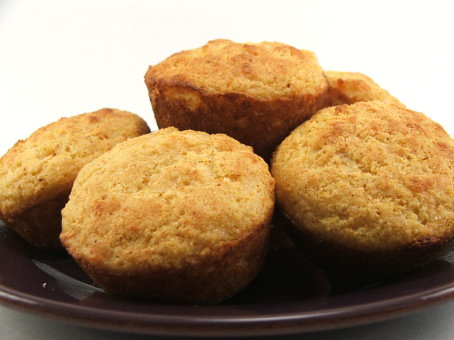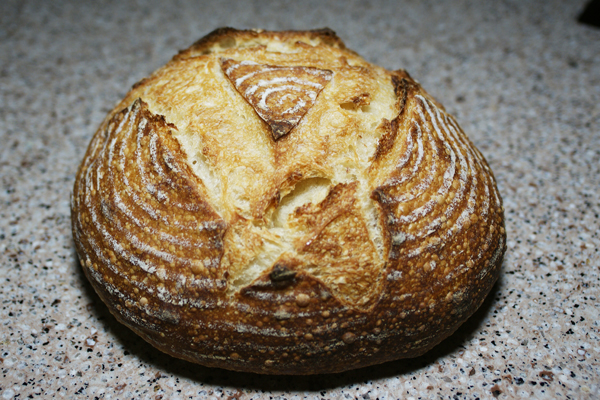Link to Neat Scraper Blade for Kitchenaid Mixers
For those that are tired of stopping your Kitchenaid mixer every few seconds to scrape the side of the bowl
check my latest entry on the Forum Topic labeled Stuck on Italian. This really works. All I do is spray the new
blade with oil, add my ingredients then mix until I need the dough hook which I also spray.
Bix
- Log in or register to post comments
- 1 comment
- View post
- Bixmeister's Blog


